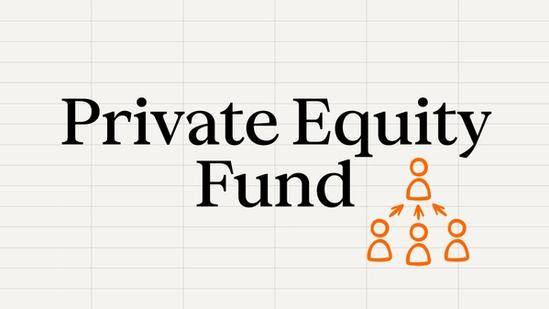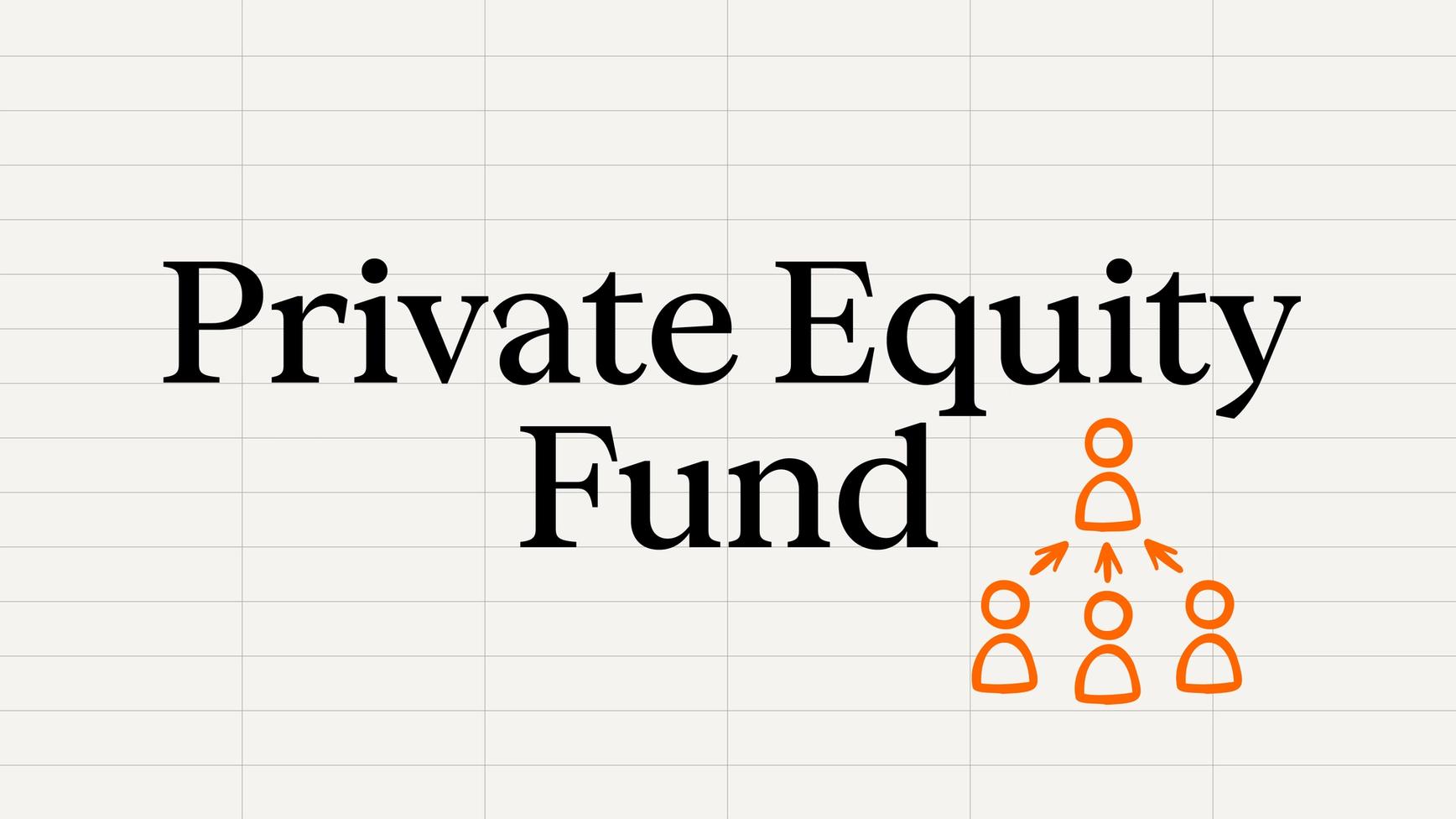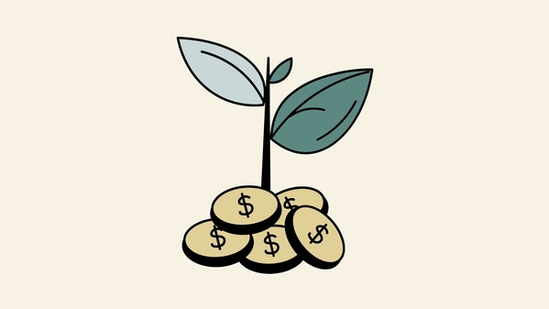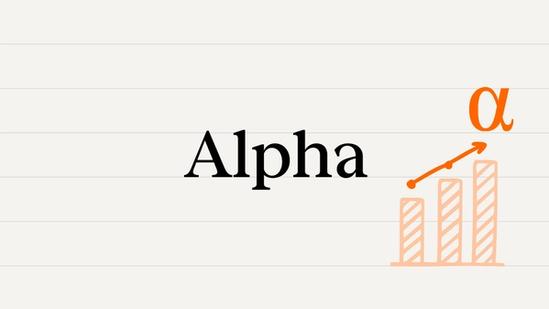Funding the Blue Economy
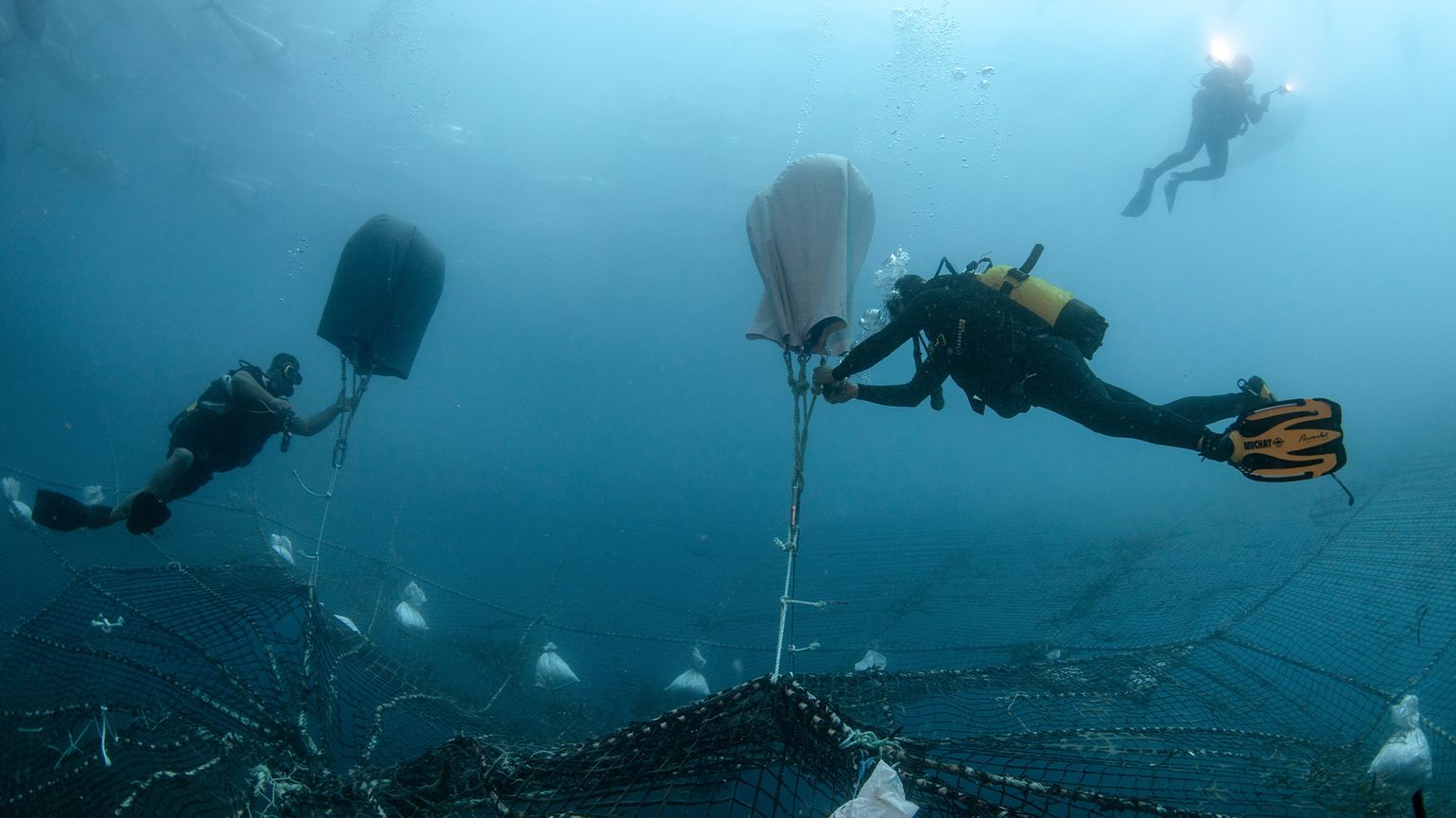

The advent of innovative ways of financing the Blue Economy, from blue bonds to debt-for-nature swaps, has had a notable impact on private investment in the world’s oceans.
- The blue economy refers to the sustainable use of resources across the world’s oceans, seas and coastal regions for economic growth.
If the ocean were a country, it would be the fifth-largest economy on the planet. Over 80 percent of global trade moves by sea, and the volume of ocean-based economic activity has grown 2.5 times in the last 25 years. Its GDP equivalent value doubled from $1.3 trillion in 1995 to $2.6tn in 2020.
However, the degradation of the world’s oceans from overfishing, poor management of pollutants, and coastal overdevelopment has put the environment, marine ecosystems, and livelihoods at risk, and has also threatened their economic potential, according to the World Wildlife Fund. The nature conservatory group has warned that maintaining current practices could jeopardize over $8.4tn of investor value over the next 15 years.
Step up the private sector. Private investors, alongside governments and central banks, are working to ensure that ocean resources are used more sustainably by developing the ‘blue economy’, which the World Economic Forum estimates could potentially unlock over $15 tn in net positive economic benefit (about 15 percent of global GDP).
From fishing and aquaculture to tourism, shipping and ports, initiatives can include restoring salt marshes and seagrass meadows, to building networks of AI-enabled buoys to monitor coral reefs.
The role of private equity
Specialist financing products specific to the blue economy are “allowing a broader range of investors to engage [in the blue economy] in more flexible and risk-adjusted ways”, according to Amber Strauss, Senior Impact Analyst at Ocean 14 Capital Limited, a fund advisor that manages money in line with the UN’s sustainability goal for preserving oceans.
In fact, the number of funds investing in the blue economy has grown 464 percent since 2015, according to impact investment consultant Phenix Capital, and PE funds are the majority asset class — 43 percent of the total.
The ReOcean Fund, launched by Prince Albert II of Monaco in 2023, for example, seeks to channel growth-stage funding into relevant solutions. The Prince Albert II Foundation also built the Blue Economy Index, designed to provide investors with benchmark data on blue financing products and investment opportunities.
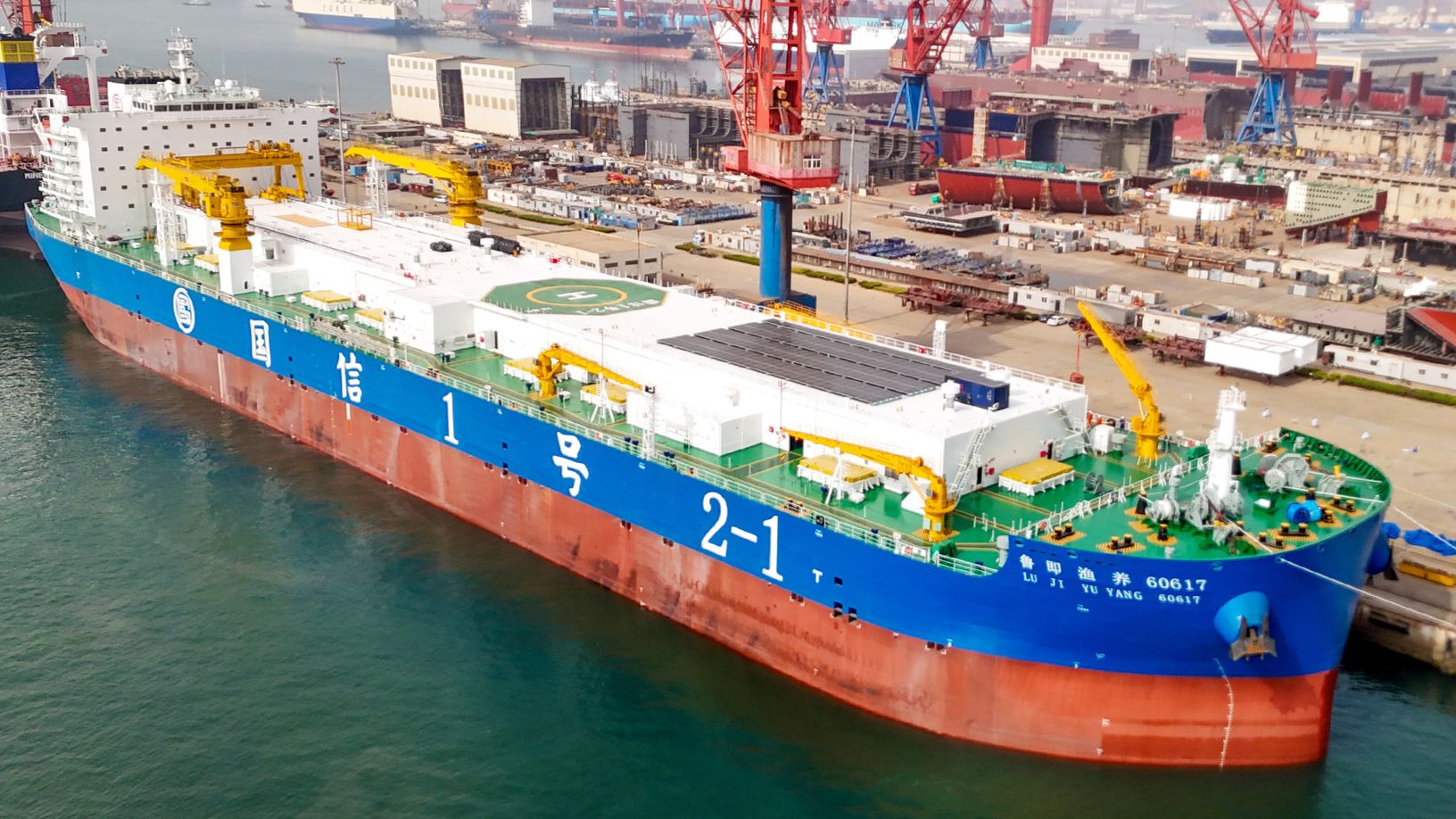
Governments and banks around the world have also been developing novel ways to support creditors, manage risk, and incentivize investment in the blue economy. Enter blue bonds, debt-for-nature swaps and sustainability-linked bonds (SLBs).
Novel Financial Products
A blue bond is an interest-bearing instrument that pays a fixed interest rate to the holder, much like a regular bond. However, the bond issuer is obliged to use the capital it raises towards sustainable activities in a marine- or coastal-related sector.
The Seychelles issued the world’s first sovereign blue bond in 2018, raising $15m to support the expansion of protected marine areas and improve the governance of fisheries. Support from the World Bank reduced the interest directly paid on the bond by the Seychelles government to just 2.8 percent, while the creditors received the full 6.5 percent coupon. The bond has contributed to an endowment that has funded 87 projects so far.
As of Q4 2024, the blue bond issuance market has grown to $13.4bn, and the Ocean Risk and Resilience Action Alliance is working to scale it to more than $70bn by 2030.
A debt-for-nature swap enables a creditor to refinance a nation’s debt on improved terms, so long as the debtor government agrees to use a portion of the interest savings for conservation.
For example, in 2024, The Bahamas refinanced $300m of debt, allowing them to recoup $124m for environmental purposes and develop a wide-scale Marine Spatial Plan. According to the IMF, long-term investments that help preserve the natural capital of the islands could increase real GDP growth in The Bahamas by up to nine percent.
SLBs have no restrictions on the use of proceeds. The money raised can be used to refinance anything on a company’s balance sheet, but, in order to benefit from a lower cost of borrowing, the issuer has to sign up for measurable and externally verifiable sustainability targets relevant to their core business.
Feeling blue?
Despite these efforts, there is still a significant investment gap. Achieving UN goals by 2030 requires an estimated $175bn in annual investment, but in 2020, researchers found a $149bn per year funding gap.
Closing the gap will be difficult. Many of the mooted investment opportunities are long-term infrastructure projects that appeal to a certain type of investor. Other businesses in the space, such as fisheries, are heavily fragmented and often poorly managed.
Nonetheless, there is a growing interest from private capital. Standard Chartered found that blue economy equity deal flow increased threefold between 2017 and 2023, and that blue financing options are maturing and breaking into the mainstream — blue bond issuance levels, for example, almost doubled between 2022 and 2023. If this momentum continues, increased levels of capital could protect the ocean’s ecosystems and catalyse the blue economy’s next wave of growth.
ThinQ by EQT: A publication where private markets meet open minds. Join the conversation – [email protected]
